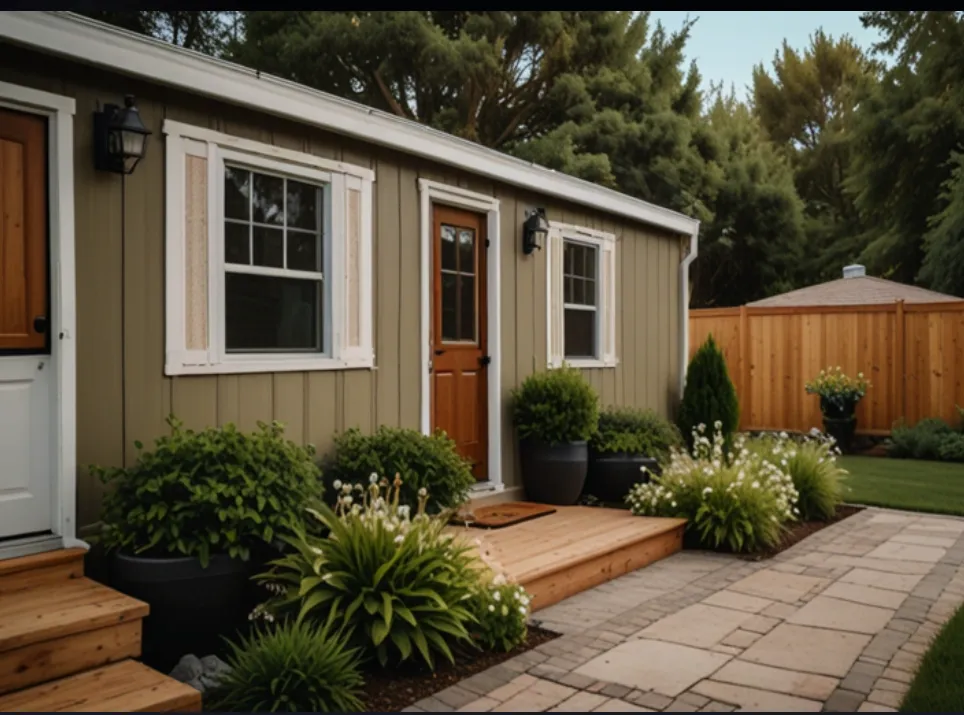Advertisement
6 Color Combinations That Designers Would Never Use in Their Own Homes
While interior designers are generally favorable to taking risks with color, there are a few color combinations in particular that they don’t appreciate at all and would prefer people avoid entirely.
Here, three designers share six color combinations that they simply don’t like, regardless of circumstances, and explain why these associations should be avoided. If you still want to use the colors mentioned, these experts offer advice on how to do so by choosing similar but more aesthetically pleasing shades.
Meet the Experts
Red and Green

This image is by AI for inspiration only.
Nowadays, most people associate the red and green combination with the holiday season, but believe it or not, these two shades have been paired year-round, and designers are not fans of this look.
Sydney Katz, founder of SDK Architecture & Design, explains how the dark dining rooms of the 90s still persist and how these tones remain basic. Margie Kaercher, founder of Hearth and Honey Homes, shares similar sentiments.
“While red and green are technically complementary on the color wheel, their association in real life can seem noisy, discordant, or too thematic, making them anything but complementary in a living space,” explains Kaercher.
Yellow and Red
Don’t be too quick to pair red with sunny yellow.
“This energetic combination is difficult to dissociate from fast-food branding and inevitably leans toward a juvenile aesthetic,” says Kaercher.
Additionally, she adds, it can be a bit too overwhelming for an everyday space. If you’re really eager to incorporate warm hues like these in your home, the designer recommends turning to mustard and terracotta instead.

This image is by AI for inspiration only.
Advertisement
Purple and Yellow
This is a combination that Jessica Chepauskas McDonald, design director at Salt Design Company, describes as both juvenile and cartoon-like.
“Overall, I tend to avoid color palettes that look like those from a crayon box,” says McDonald.
However, McDonald notes that a pairing of deep burgundy and mustard yellow could be beautiful together. It’s essential to select colors that complement each other, rather than creating an unpleasant and harsh appearance.

This image is by AI for inspiration only.
Purple and Orange
Speaking of purple, don’t try to pair it with orange either. McDonald recommends avoiding using purple and orange together, as they are two bold and eye-catching shades. They can actually compete with each other rather than work together, which can give a space a feeling of imbalance and noise.
Overall, the designer feels that these colors, when paired together, feel a bit too Halloween-like, even though they look exceptional when used alone.
Red and Pink
It’s best to say no to a combination of red and pink in the home, warns McDonald.
“Without enough neutrals to anchor them, the mix can start to look too thematic, like a Valentine’s Day moment that doesn’t quite work,” she says. “Color combinations that resonate strongly with holidays tend to seem out of place in a domestic setting throughout the year, unless they are very muted or abstract.”
If you’re going to play with colors in the red and pink family, try bringing in additional elements to lighten things up a bit, suggests the designer, noting that this tactic “will keep the palette fresh, without forcing it.”
Millennial Gray and White
It’s not just ultra-bright color associations that puzzle designers. There are also neutral combinations that strongly bother them. Katz is delighted that millennial gray and white, a common color pairing from the early 21st century, is beginning to lose popularity.
“I’m so happy that we’re moving on from this,” she says. “Let’s opt for warmer tones, or if we stay in the cool range, let’s choose more vibrant colors than gray.”
Nowadays, more maximalist spaces are starting to dominate, with brighter colors standing out instead of simple neutrals.
SOURCE BY / bellehome


